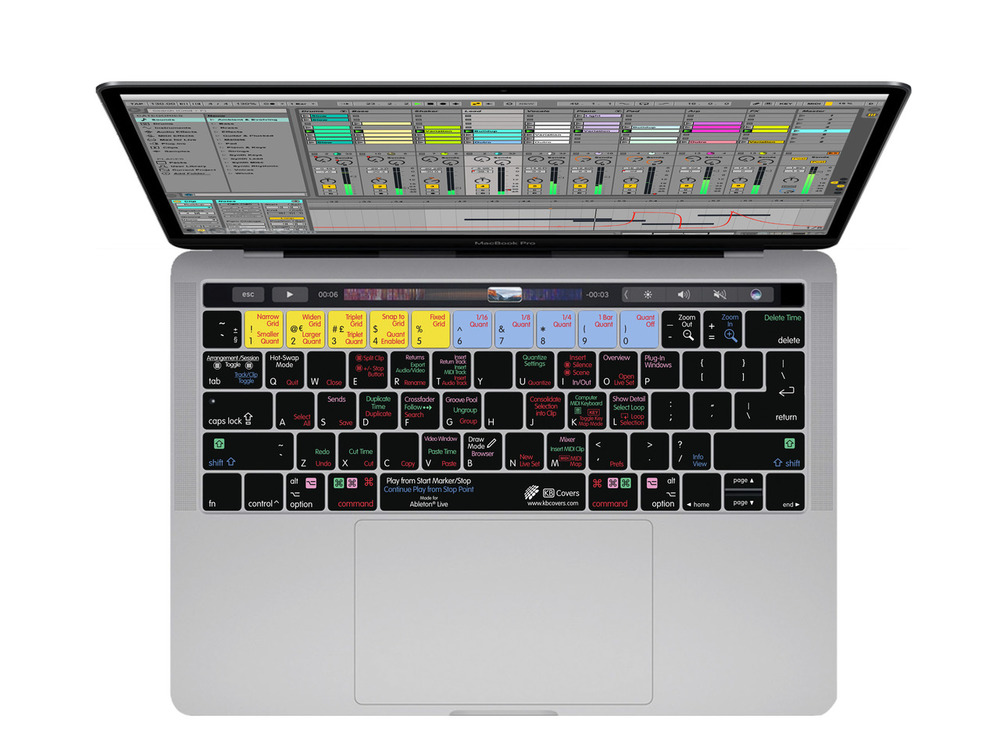

You can detach and reattach Renoise to a running master at any time without losing sync. Try playing around with the Smoothing to find a good value for your setup. The higher the Smoothing value, the more stable the sync will be, but the slower Renoise will react to 'real' BPM changes from the master. Depending on how precise the incoming MIDI clock stream is, you can use this option to set how fast Renoise should react to changes from the MIDI Clock master. MIDI messages often only have very rough timing, so the beat clock messages transferred from a MIDI Clock master to Renoise may be imperfect. If the sounds are not in sync, try adjusting the offset slider in Renoise until they match. Again, the easiest way to test and adjust the offset is by using a steady metronome on both the master and slave. The LEDs next to the small clock icon show the MIDI Clock input in green and output in red.Īs with the MIDI Clock master mode, you can correct small offsets between Renoise and the master with the "Offset" slider in the preferences. After you have done this, you should notice a small green blinking LED at the top of the Renoise interface: Important: A MIDI device must be selected and the sync clock mode icon must be enabled to sync Renoise to other devices. This icon will only show up when a MIDI Clock slave device has been set. To quickly enable and disable the connection to the master clock, use the small button in the Renoise Transport Panel, next to the BPM. To connect Renoise to a MIDI Clock master, use the MIDI Clock slave device section in the "Edit -> Preferences -> MIDI" panel. Running Renoise as MIDI Clock Slave Set Up Devices If you need further negative latency, you can increase your audio latency in the Audio Preferences. Please note that the smallest possible negative latency is limited to the current latency of your soundcard. If the sounds do not play back on exactly the same beat, try adjusting the "Offset" slider in Renoise until they match. The easiest way to test and adjust this is by using a steady metronome sound on both the master and slave.

This is sometimes needed to compensate delays (phase offsets) that are introduced by MIDI hardware. You can use the "Offset" slider in the "MIDI Clock Master" preferences to shift clock messages back and forth in time. Note that Renoise only sends out MIDI clock messages while playing back a song. Send only MIDI Clock messages if you just want to transfer tempo to the slaves. You can also specify which message types should be sent from Renoise. To use Renoise as the master, simply set up a MIDI Clock master device in the "Edit -> Preferences -> MIDI" panel. Running Renoise as MIDI Clock Master Set Up Devices Slaves are forced to follow the master, thus the terms 'master' and 'slave'. Only the MIDI Clock master can start or stop the playback or change the tempo. Along with the 'beat clock' messages, 'Start', 'Stop', 'Continue' and 'Relocation' (Song Position Pointer) messages are sent to sync the timelines of the master and slaves. The interval of these messages allows the connected slaves to determine the master's tempo and beat position.
#RENOISE JAVASCRIPT SERIES#
The MIDI Clock master sends a series of 24 ppqn (pulses per quarter note) beat clock messages to all slaves. There are two MIDI Clock modes: master and slave.
#RENOISE JAVASCRIPT SOFTWARE#
This can be external MIDI hardware, other software on your computer, or software running on other computers and connected to Renoise via MIDI cables. MIDI Clock is a MIDI protocol that allows the syncing of playback (transport and tempo) of multiple sequencers, synthesizers, drum machines etc. 1.2.4 Loading New Songs Without Losing Sync.1.2 Running Renoise as MIDI Clock Slave.1.1 Running Renoise as MIDI Clock Master.


 0 kommentar(er)
0 kommentar(er)
